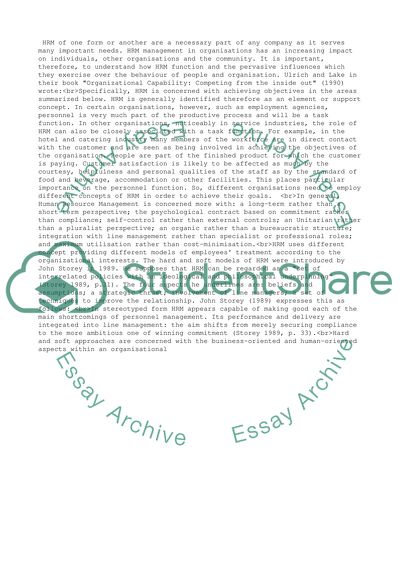Cite this document
(“Human Resource Management and the Internal Environment Essay”, n.d.)
Human Resource Management and the Internal Environment Essay. Retrieved from https://studentshare.org/business/1524503-human-resource-management-and-the-internal-environment
Human Resource Management and the Internal Environment Essay. Retrieved from https://studentshare.org/business/1524503-human-resource-management-and-the-internal-environment
(Human Resource Management and the Internal Environment Essay)
Human Resource Management and the Internal Environment Essay. https://studentshare.org/business/1524503-human-resource-management-and-the-internal-environment.
Human Resource Management and the Internal Environment Essay. https://studentshare.org/business/1524503-human-resource-management-and-the-internal-environment.
“Human Resource Management and the Internal Environment Essay”, n.d. https://studentshare.org/business/1524503-human-resource-management-and-the-internal-environment.


